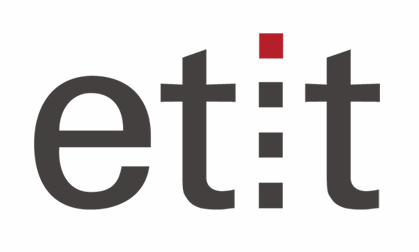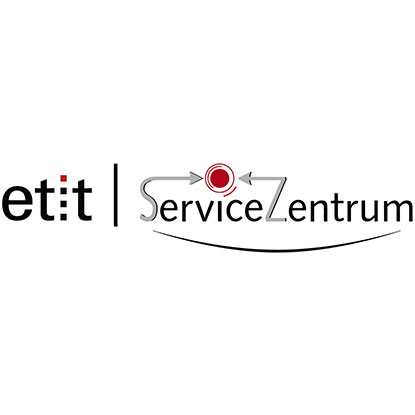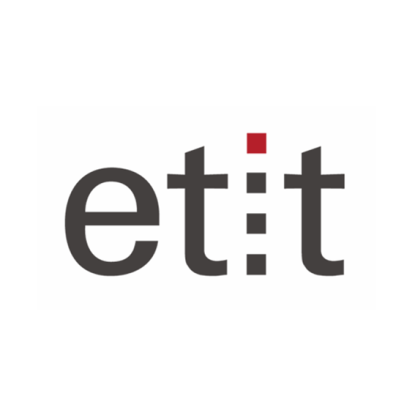Intelligently controlled heating networks of the future
Joint project “EnEff:Wärme – MeFlexWärme”
2024/03/22 by Martina Schüttler-Hansper
The joint research project “EnEff:Wärme – MeFlexWärme”, led by etit Professor Florian Steinke, was completed in December 2023 after a four-year project period. The project deals with the topic of how future district heating networks can be optimally operated in the context of the energy transition.
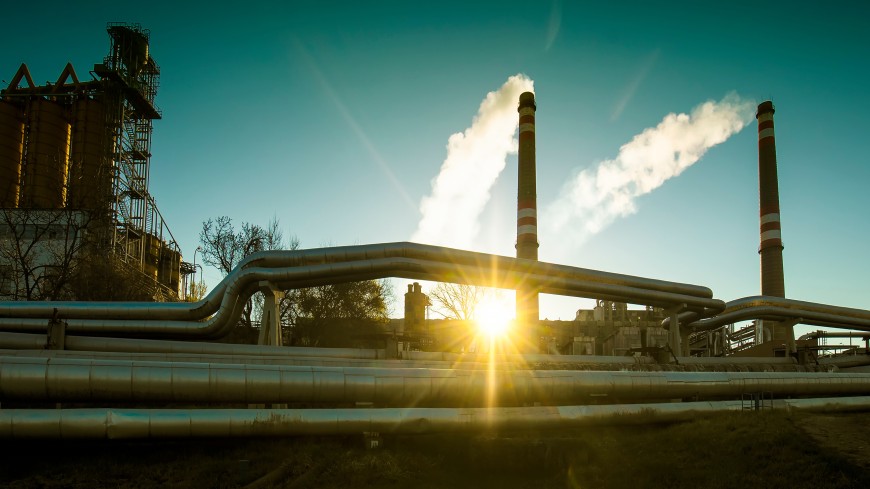
In private households, more than half of final energy consumption is used to heat living spaces. An important step towards a climate-neutral future is therefore the provision of CO2-neutral heat. As the availability of renewable heat sources such as solar thermal energy, geothermal energy or waste heat is limited, low-CO2 heat will often be provided in future by electrifying heat generation (power-to-heat). As heat can be stored relatively easily and cheaply, power-to-heat will also play a relevant role in the electricity sector of the future, as there is great potential for flexibility in the demand for electricity.
“Heat storage systems are very cost-effective and can be produced in any size. If we always consume a large proportion of the electricity for heat anyway and store the heat, then large quantities of heat could be generated and stored in times of high winds, for example, which would be available in times of low winds,” explains Steinke. “The topic of heat, the storage and electrification of heat, the interconnection with naturally existing heat generation and heating networks are extremely important for the success of the energy transition.”
Professor Florian Steinke
The topic of heat, the storage and electrification of heat, the interconnection with naturally existing heat generation and heating networks are extremely important for the success of the energy transition.
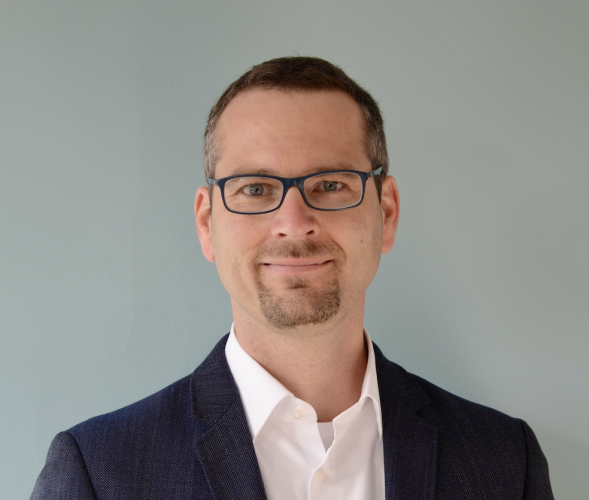
Heating networks have been around for a long time. In Darmstadt, for example, the incineration of waste in the waste-to-energy plant produces district heating as well as electricity. “Typically, a power plant, such as a waste-to-energy plant or coal-fired power plant, is used to generate heat. In order to supply even more people with environmentally friendly heat, other sources need to be added, such as waste heat from factories, solar thermal energy or heat pumps,” says Steinke. “Instead of one large supplier, there will then be many flexibly functioning suppliers with different temperatures. That's why our project is called 'Methods for flexible heating networks'.”
In order to enable flexible balancing between heat generators, storage systems and consumers, the participants in the EnEff:Wärme – MeFlexWärme project are developing and testing new concepts and methods for the research areas of “network transparency” and “flexibility control” in relation to heating networks.
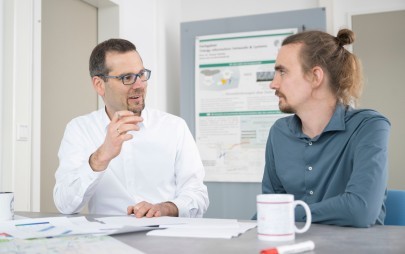
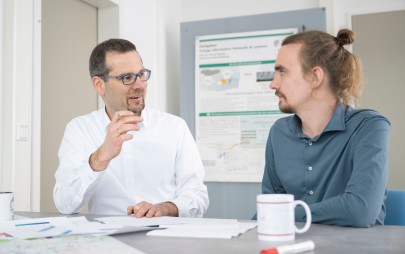
Network transparency is the key to flexible network operation and ensuring supply to all customers. “As measurements in district heating networks are only practicable in some places – measuring points everywhere with fast communication would also be too expensive – we have to make estimates. We use statistical methods and machine learning approaches for these status estimates,” says Steinke.
“A major area of research that many people in the joint project have worked on is the topic of deployment planning. In other words, who generates and who extracts heat and at what time. If, as is currently the case, only individual power plants are involved, they alone decide. In the heating network of the future, however, many more parties will be involved. The influence of customers who operate their own storage systems as well as flexible producers and consumers will continue to grow significantly. That's why another important area of the project is how to develop markets for district heating networks in the future where everyone agrees on grid-compatible behaviour,” explains Steinke.
The influence of customers who operate their own storage facilities as well as flexible producers and consumers continues to grow strongly. Therefore, another important area of the project is how to develop future markets for district heating grids in which everyone agrees on grid-compatible behaviour.
“We validate this with detailed simulations for a scenario of what the district heating network of the city of Darmstadt could look like in 2030. We are also checking that market-based, decentralised decision-making does not lead to greatly increased costs compared to a global mathematical optimisation of the deployment plans.”
“EnEff:Wärme – MeFlexWärme” is an important step on the way to intelligent, flexible and low-carbon district heating systems. Not only for municipal heat planning in Darmstadt, but also beyond.
In addition to Steinke's Energy Information Networks & Systems“ (EINS) Lab, four other departments at TU Darmstadt were involved in the project:
- OPT by Professor Marc Pfetsch and Professor Stefan Ulbrich (Department 4)
- MMES by Professor Stefan Niessen (Department 18)
- TTD by Professor Peter Stephan (FBFB 16)
- PTW by Professor Matthias Weigold (FB 16)
The consortium also included two co-operation partners from industry: Entega AG from Darmstadt as the local district heating network operator and Siemens, “Technology, Energy Systems” department from Erlangen. The Federal Ministry of Economics and Climate Protection (BMWK) funded the project with a total of 2.35 million euros. The TU Darmstadt received funding totalling 1.3 million euros.
Bott, A., Janke, T., & Steinke, F. (2023). Deep learning-enabled MCMC for probabilistic state estimation in district heating grids. Applied Energy, 336, P. 120837, 2023
Always up-to-date with exciting news from the etit campus: Follow us on Instagram!
Recommended external content
We have selected external content from Instagram for you and would like to show it to you right here. To do this, you must reveal it with one click. You can hide the external content at any time with another click.
I agree to external content from X being shown to me. This may result in personal data being transmitted to third-party platforms. You can find more information in our Privacy Policy.
